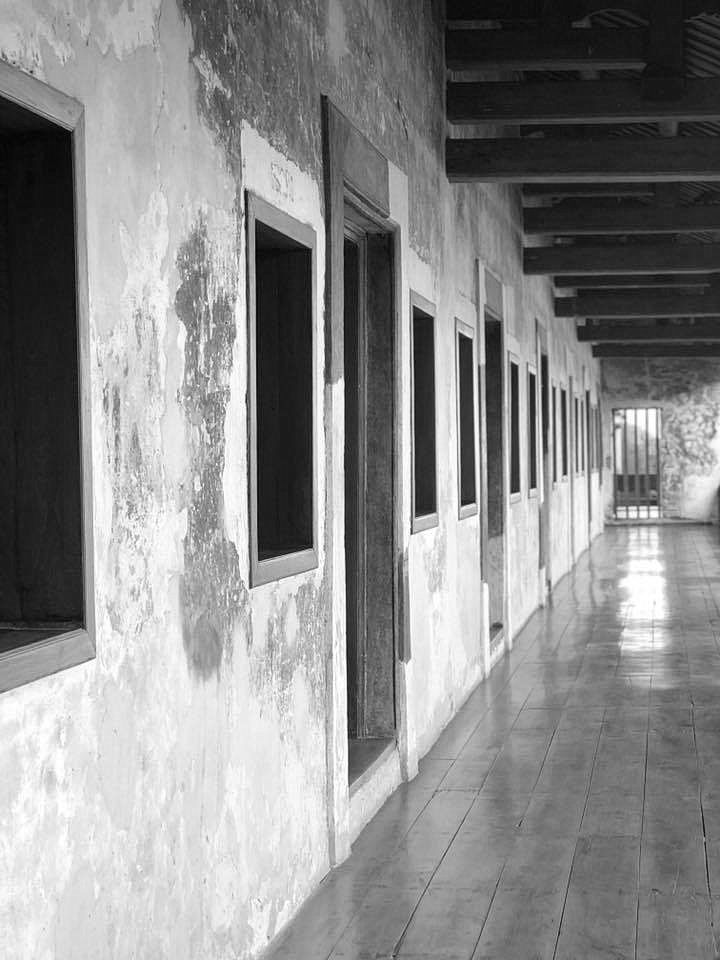Black and white photography captures a world that is stripped down to its essence, revealing depth, emotion, and simplicity in a way that color photography often cannot achieve. Despite the vibrant spectrum of colors available in today’s technology, black and white photography remains a celebrated art form that allows viewers to engage with images on a profound and often timeless level. With its stark contrasts, textures, and shades of gray, black and white photography reveals beauty in simplicity, demonstrating the power of light, shadow, and composition to evoke emotion and tell stories.


Capturing Emotion and Depth
One of the most captivating aspects of black and white photography is its ability to convey emotion without the distraction of color. By eliminating color, black and white photography draws the viewer's attention to the expressions, gestures, and intensity within the image. The absence of color enhances elements such as facial expressions and body language, making it easier to sense the mood of the subject. In portrait photography, black and white images often feel more intimate, allowing us to see nuances in the eyes, the creases of a smile, or the shadows across a face, all of which speak to the viewer on a more visceral level.



The Power of Contrast and Texture
Black and white photography excels in its use of contrast and texture, bringing out details that might otherwise go unnoticed. The stark contrast between light and dark areas can create powerful, dramatic images that capture the viewer’s attention. For example, a photograph of a tree with sunlit branches against a dark background can highlight the intricate textures of the bark, the veins in each leaf, and the delicate play of light. Similarly, architectural photography in black and white can accentuate the structure and lines of a building, making it look timeless and imposing. These contrasts and textures evoke a sense of realism, transforming ordinary subjects into works of art.



Timeless and Classic Aesthetic
Black and white photography has an undeniable timeless quality. While color images can sometimes feel tied to a particular era, black and white photographs often transcend time. Many of the most iconic photographs in history were taken in black and white, lending the medium a sense of nostalgia and classicism that still resonates today. Whether it’s an image of a bustling city from decades ago or a modern-day portrait, black and white photography has a way of stripping away the specifics of time, leaving behind only the essence of the moment.



Emphasis on Composition
Without the use of color to guide the viewer’s eye, black and white photography relies heavily on composition, framing, and perspective. Photographers working in black and white focus on arranging their subjects in ways that emphasize shape, line, and form, leading the viewer through the image. This emphasis on composition makes black and white photography a true art form, where every detail in the frame holds significance. Elements like symmetry, patterns, and negative space become more apparent, allowing photographers to create visually balanced images that feel harmonious and intentional. This focus on composition makes black and white photography a valuable practice for those seeking to refine their artistic vision and storytelling abilities.



Highlighting the Beauty of Light and Shadow
Light and shadow are the lifeblood of black and white photography, offering a unique way to sculpt subjects and create atmosphere. Unlike color photography, where different hues can diffuse the impact of shadows, black and white photography brings shadows to the forefront, making them an integral part of the image. Dramatic lighting in a black and white photograph can create a sense of mystery or intensity, while softer lighting can bring out a sense of calm or nostalgia. From landscapes to portraits, the interplay of light and shadow adds depth, texture, and dimension to the subject, resulting in an image that feels rich and layered.



Encouraging Viewers to Use Imagination
By removing color from the equation, black and white photography encourages viewers to engage more actively with an image. In the absence of color, viewers are prompted to focus on the details and interpret the scene more subjectively, adding their own interpretations and emotions. This sense of mystery can make black and white photography feel more open to interpretation, sparking imagination and curiosity. A black and white photograph of a foggy forest, for instance, can evoke various emotions depending on the viewer’s perspective—anything from serenity to eeriness—allowing each person to see something different in the same image.



Conclusion
The beauty of black and white photography lies in its simplicity and ability to capture the world in a way that feels both raw and refined. By focusing on light, shadow, texture, and form, black and white photography showcases the essence of a subject, drawing the viewer into a timeless moment that speaks across generations. It invites viewers to look beyond the colors of everyday life, uncovering a world where beauty is found in the subtle interplay of contrast and composition. Black and white photography is an art form that celebrates the natural beauty and authenticity of our surroundings, allowing us to see the world through a lens of purity, depth, and timeless elegance.





Congratulations, your post has been upvoted by @dsc-r2cornell, which is the curating account for @R2cornell's Discord Community.
Enhorabuena, su "post" ha sido "up-voted" por @dsc-r2cornell, que es la "cuenta curating" de la Comunidad de la Discordia de @R2cornell.
black and white photography ❤️❤️
Black and white. Beauty and simplicity.